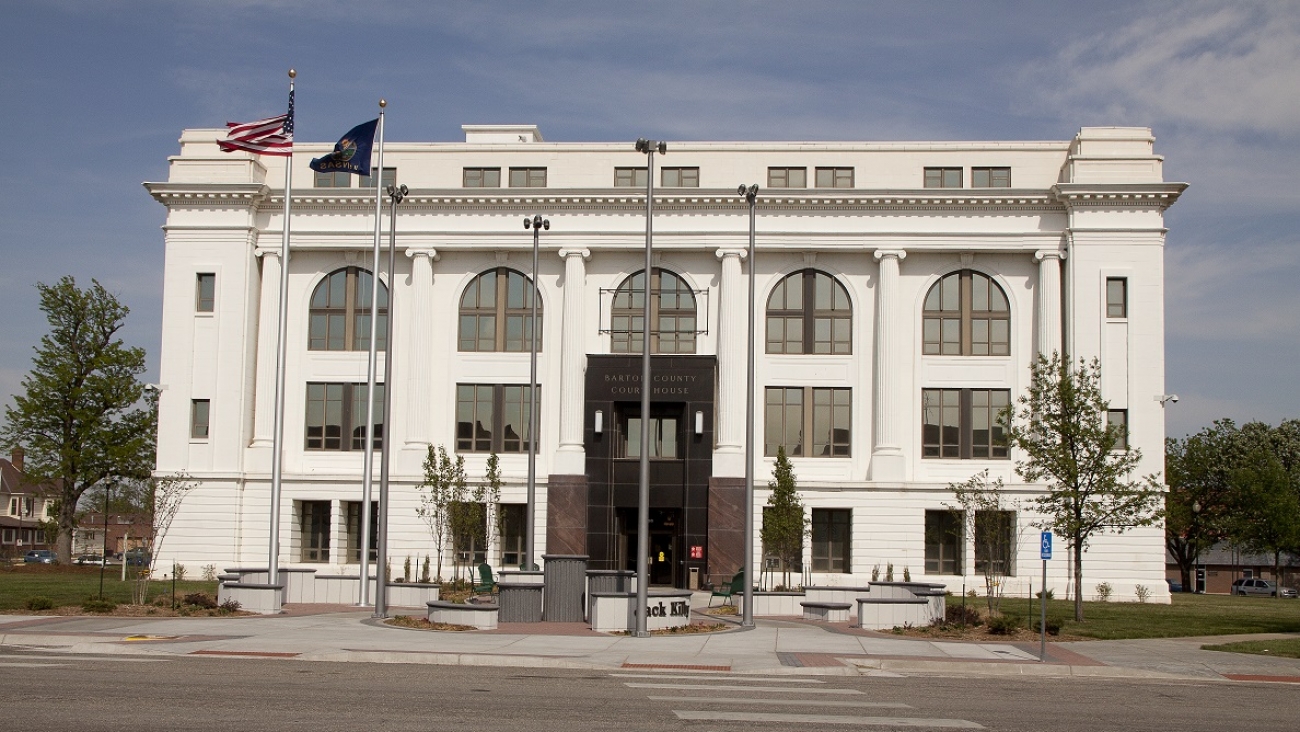Local Data
Agriculture
Barton County is rich in agricultural resources including crops, commercial hunting, pet food manufacturing, and greenhouse production. There are approximately 628 farms, with $365.7 million in crop and livestock sales in 2017. The top ag, food, and food processing sectors include: animal production, beef cattle ranching, and bread bakery product.
General Economics
Barton County excels in the diversification of industry including manufacturing, construction, mining, and utilities.
- Economic Data Summary (KU Institute for Policy & Social Research)
- Economic Health Indicators (KU Institute for Policy & Social Research)
- Index of Economic Health (KU Institute for Policy & Social Research)
- Kansas Regional Data Portal (KU Institute for Policy & Social Research)
- Unemployment Rate by County Map (KS Dept of Labor)
- WSU Center for Economic Development & Business Research
Health
We care about the health and well-being of our residents. There is a variety of data capturing the breadth of initiatives we deploy to ensure our sustainability. The takes extraordinary measures to ensure we make evidence-based decisions when it comes to public health and safety.
Retail
Pull Factor: is the relative strength of the retail business community. The county Pull Factor is computed by dividing the per capita sales tax of a county by the statewide per capita sales tax. A value greater than 1.0 indicates local businesses are pulling trade from beyond the county borders. A CTPF value less than 1.00 indicates more trade is being lost than pulled in, that residents are shopping outside the county. Barton County's 2020 Pull Factor is 1.14 .
Oil & Gas
Barton County has substantial oil and gas production playing a vital role in our local industry that fuels our economy. The industry provides abundant entrepreneurial opportunities including pumping, welding, supplies, drilling, and testing.
Other Data Resources



